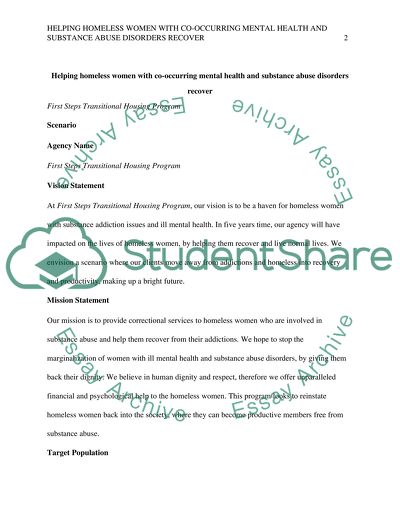Cite this document
(“Internal advocacy for single homeless females: substance abuse and Research Paper”, n.d.)
Retrieved from https://studentshare.org/sociology/1402033-macro-project-internal-advocacy-for-single
Retrieved from https://studentshare.org/sociology/1402033-macro-project-internal-advocacy-for-single
(Internal Advocacy for Single Homeless Females: Substance Abuse and Research Paper)
https://studentshare.org/sociology/1402033-macro-project-internal-advocacy-for-single.
https://studentshare.org/sociology/1402033-macro-project-internal-advocacy-for-single.
“Internal Advocacy for Single Homeless Females: Substance Abuse and Research Paper”, n.d. https://studentshare.org/sociology/1402033-macro-project-internal-advocacy-for-single.


